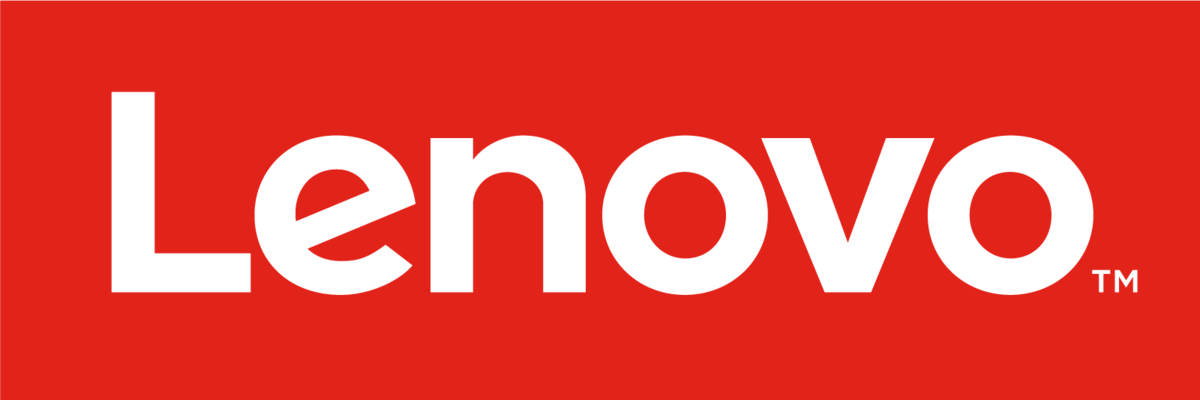From Conception to Completion: How Lenovo's PDO Prioritizes Accessibility Through Every Stage of Product Development
by Ada Lopez, Manager, Product Diversity Officer, Lenovo

Since its inception in 2020, Lenovo’s Product Diversity Office (PDO) has been the authority on embedding DE&I into our product design and development processes. I’ve had the great honor to preside over our PDO, watching it double in size since this time last year and vet 38 products within the last two quarters alone.
Global Accessibility Awareness Day provides all of us with an opportunity to reflect on the strides we’ve made while reminding us how much more we can do to build a more inclusive, accessible world for all. I’m humbled to play a part in this invaluable operation that places accessibility top-of-mind during every stage of development – from concept to final product.
Diversity by design process
For too long, companies have introduced products without considering the unique needs and attributes of all potential users, resulting in many consumer segments becoming excluded due to a lack of design inclusivity. Lenovo’s PDO seeks to integrate inclusion and feedback from diverse groups early on in product development process to ensure the technology we introduce is truly smarter and for everyone.
Whenever our product and process development teams explore a new idea, they must complete a self-assessment form to determine if the technology they plan to use is deemed “high-risk” for those with specific needs. Once completed, this form is presented to the PDO Task Force – made up of senior manager, director, and executive volunteers.
Traditionally, if the PDO Task Force found the components to be high-risk, they would direct the development team to the “Diversity by Design” review board. However, a new and more beneficial process was introduced in February 2022. Now, if the risk is accessibility-focused, the PDO Task Force can recommend the development team completes the “Accessibility Consultation” form. Featuring specific questions around accessibility, this form asks each team to indicate their area of focus, broken out by the following categories:
- Software-based
- Client-based
- Web-based
- Hardware-based (i.e. notebooks, desktops, smartphones, wearable devices, etc.)
We also ask teams to provide an Accessibility Management Platform (AMP) checklist – a tool we use that features a guideline of accessibility requirements, as set by the Americans with Disabilities Act (ADA).
We’ve already seen several teams take advantage of the “Accessibility Consultation” process. Recently, Lenovo’s customer support team approached the PDO because they believed our customer support could be more accessible for all users. As a result, we’re currently researching a pilot program in North America that will test some of these new customer support features. Since introducing this process in February 2022, the PDO has completed six accessibility consultations. We anticipate this number to grow as teams feel more empowered to reach out and begin embedding the “Diversity by Design” review into their long-standing processes.
Impact beyond measure
It’s always gratifying to personally witness the positive influence Lenovo’s PDO has on our employees and their families. One of the original intentions of the PDO was to act as a safe and trusted resource for employees to share personal stories in confidence. Of course, this only works if our employees demonstrate the courage to confide in the PDO in the first place. I applaud those that have done just that because it pushes us to always improve.
One story that stuck with me comes from a Brazil-based employee who reached out on behalf of his elderly mother who happened to be losing her vision. Upon initially receiving this news, the employee began looking into the function of screen readers. For many with a visual impairment, this essential piece of software transmits whatever text is displayed on screen – either through a synthetic voice that reads text aloud or by communicating data via a refreshable braille display. The PDO got to work, brainstorming ways to offer a magnifying feature that didn’t rely on third-party software that was either too expensive or too limiting. This employee’s story proves that all it takes is one person to raise an accessibility concern with a product or service – oftentimes motivated by a personal experience – to help countless others with similar conditions.
What’s ahead for Lenovo’s PDO
While I’m incredibly proud of the progress we’ve made, Lenovo’s commitment and dedication to always push the boundaries of innovation is what drives us forward. We recently set a goal to ensure 75% of Lenovo’s products will be vetted by inclusive design experts to ensure they work for everyone, regardless of physical attributes or abilities. We’re currently in the early stages of tracking against this goal and are working towards expanding to other Lenovo business units.
However, embedding the “Diversity by Design” process within all Lenovo business units not only requires time – it also necessitates a delicate balance. The PDO must meet teams where they are, while also learning their current processes, so it’s important to recognize that everyone begins their DE&I journey somewhere. There’s no shame in a team’s starting point, even if it’s from square one – that’s how true, sustainable progress is made.
So, if we want to implement a process built to last, we must identify a balance between understanding how the team currently operates while also embedding inclusive design. Once this is discovered, it becomes automated. Essentially, heavy investment in the front end leads to worthwhile results in the back end.
Lenovo believes “Smarter Technology For All” means everyone. The launch and growth of our PDO has been driven by executive buy-in and passion amongst Lenovo employees.
If we truly want to innovate for society, we must design with the diversity of the world in mind. I encourage you to visit our Global Accessibility Awareness Day landing page where you can learn more about our progress on accessibility and the resources available for everyone at Lenovo.

